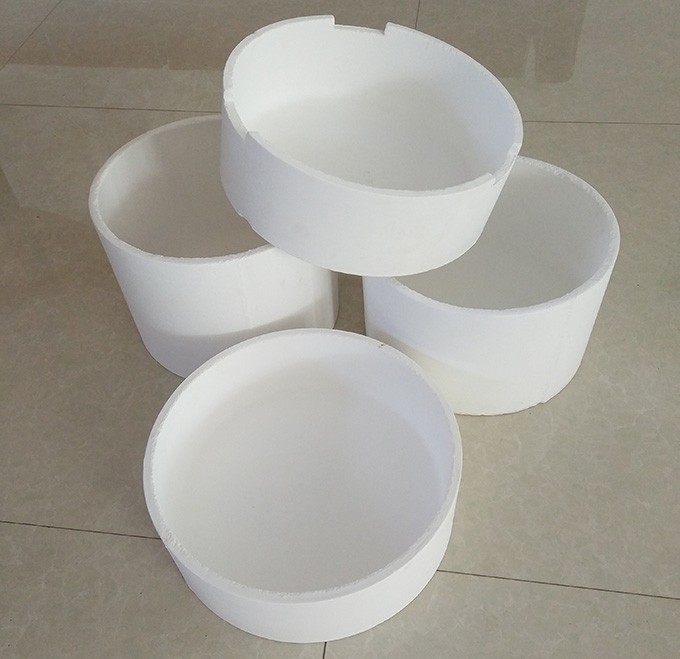During the use of quartz crucibles, the overflow of silicon liquid may occur due to incorrect operating procedures. Which specific operating steps in the production process are causing this? Let's take a look together below:
1. Loading and squeezing. During the loading process, special attention should be paid to leaving a certain gap between the silicon materials, usually more than 2cm. Once the loading is over squeezed, overflow may occur. This is because the melting of silicon material starts from the middle and upper parts. Once the material is too crowded, the liquid silicon flowing to the bottom of the crucible may solidify due to excessive temperature. If there is no space for expansion, it will exert pressure on the crucible wall, causing the quartz crucible to rupture and overflow.

2. The crucible is cracked. The crucible used to hold silicon ingots is made of quartz ceramic material, which can be made by injection molding or injection solidification molding. However, regardless of which method is used to make the crucible, there will be defects such as hidden cracks and pores. These quartz crucibles generally undergo two or more processes of using a developer for light transmission inspection before leaving the factory, but there may still be missed crucibles. In addition, the crucible may encounter vibration or collision during transportation or handling. If these defects are not detected before loading, it is very likely that silicon overflow will occur during the melting process.
3. Unreasonable process parameters. During the ingot casting process, in the early stages of heating and melting, the longitudinal temperature gradient inside the thermal field is relatively large, and the temperature in the lower part of the crucible remains low for a long period of time. The crystal phase transformation rate of quartz crucible ceramic materials is relatively fast above 1300 ℃. Excessive heating power or heating rate can cause significant differences in crystal phase transformation rate in the longitudinal direction of the crucible, resulting in significant stress on the crucible wall. Prolonged tensile action can easily cause cracks, leading to overflow.
Through the above introduction, you can understand the reasons and solutions for the overflow of silicon liquid in quartz crucibles. You can have a brief understanding.


